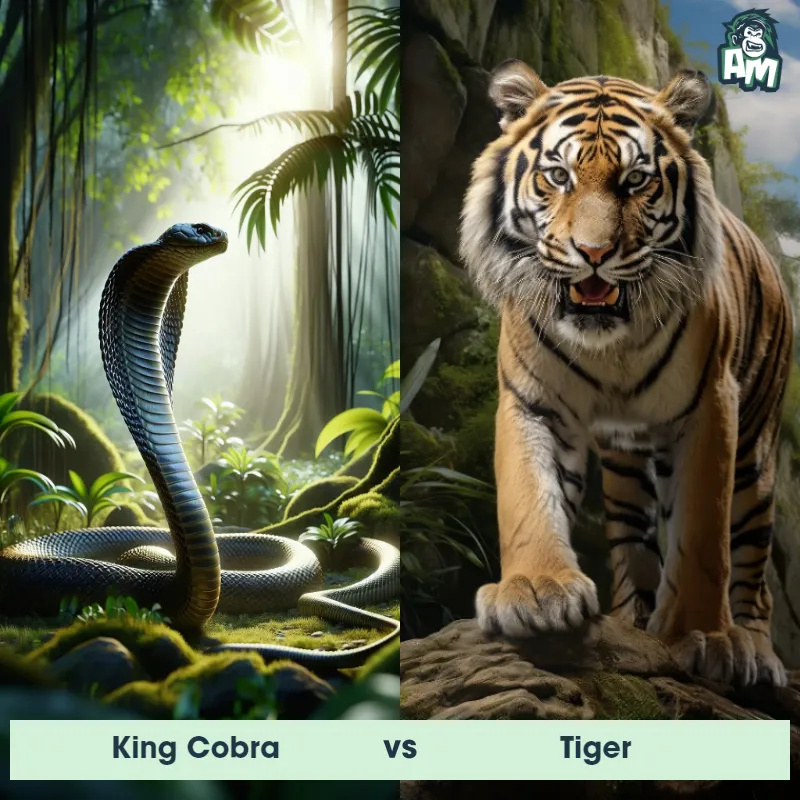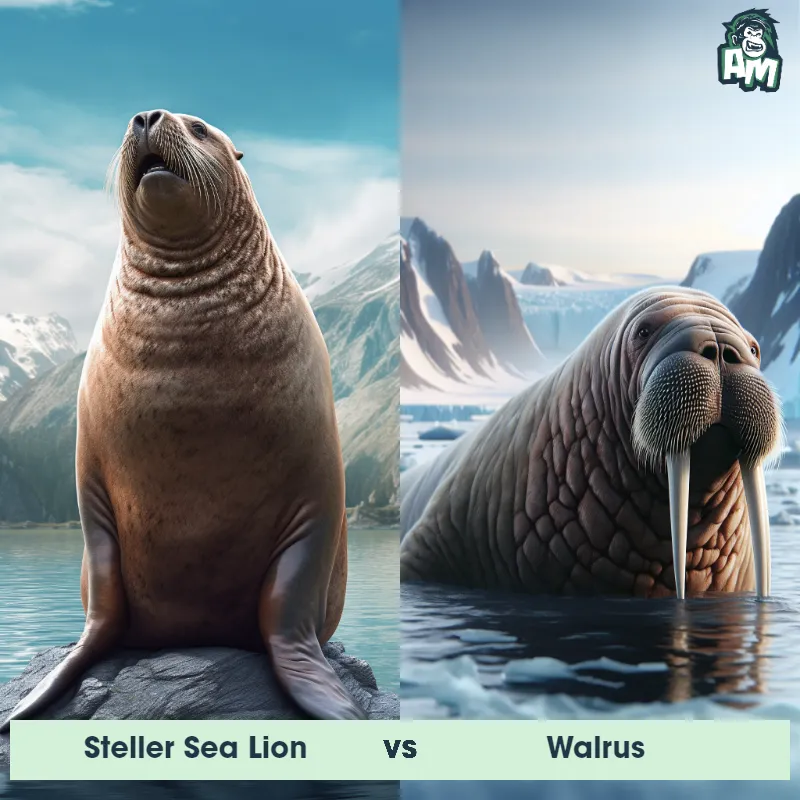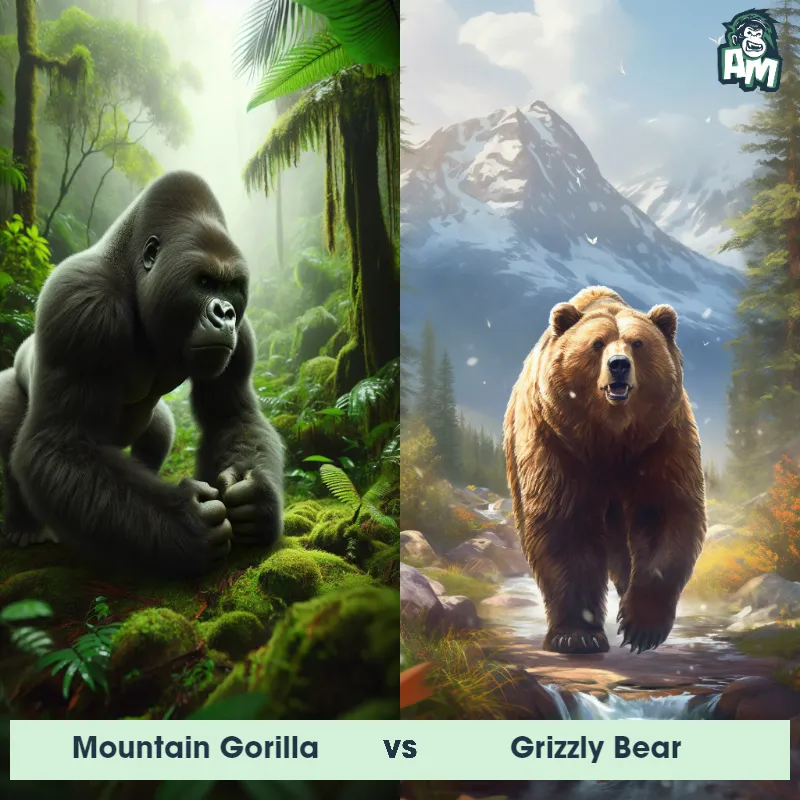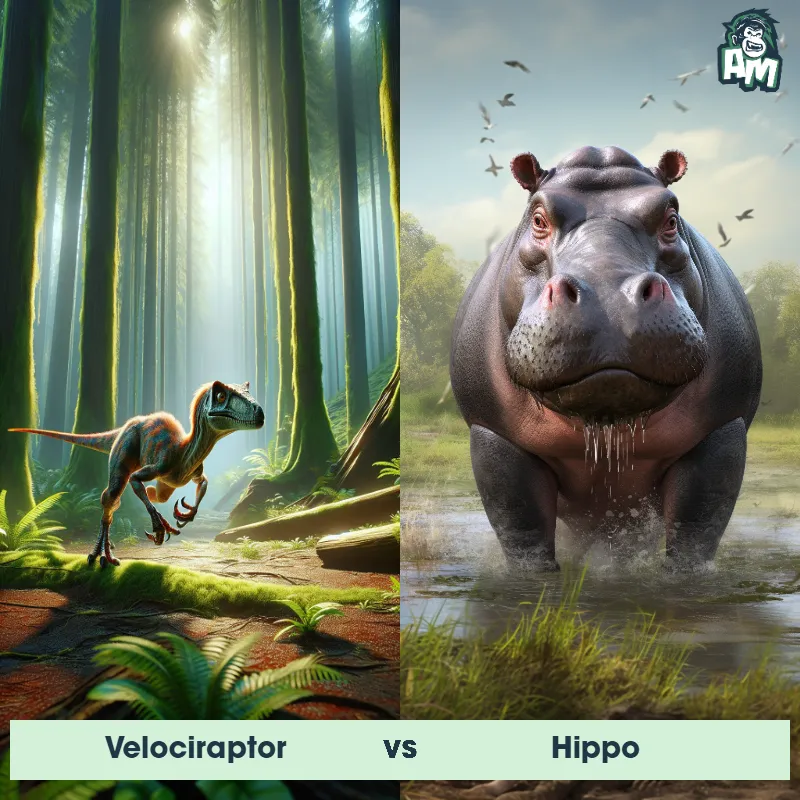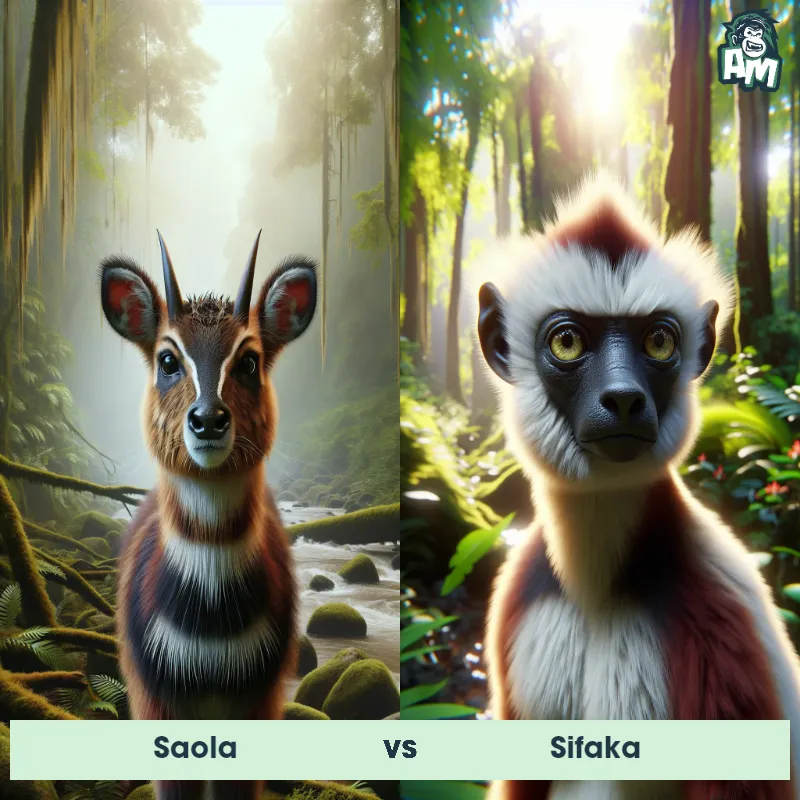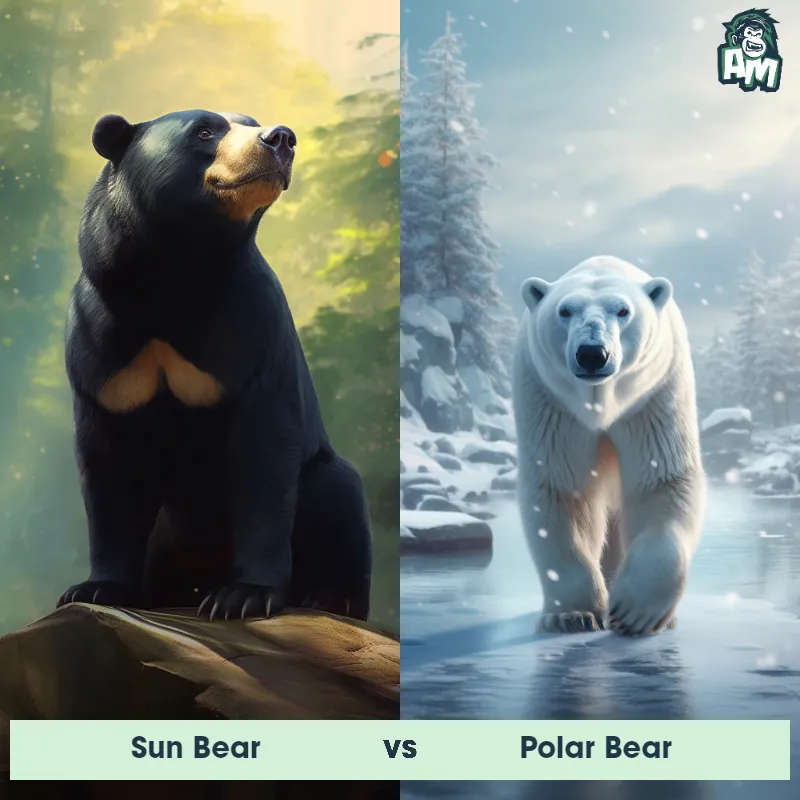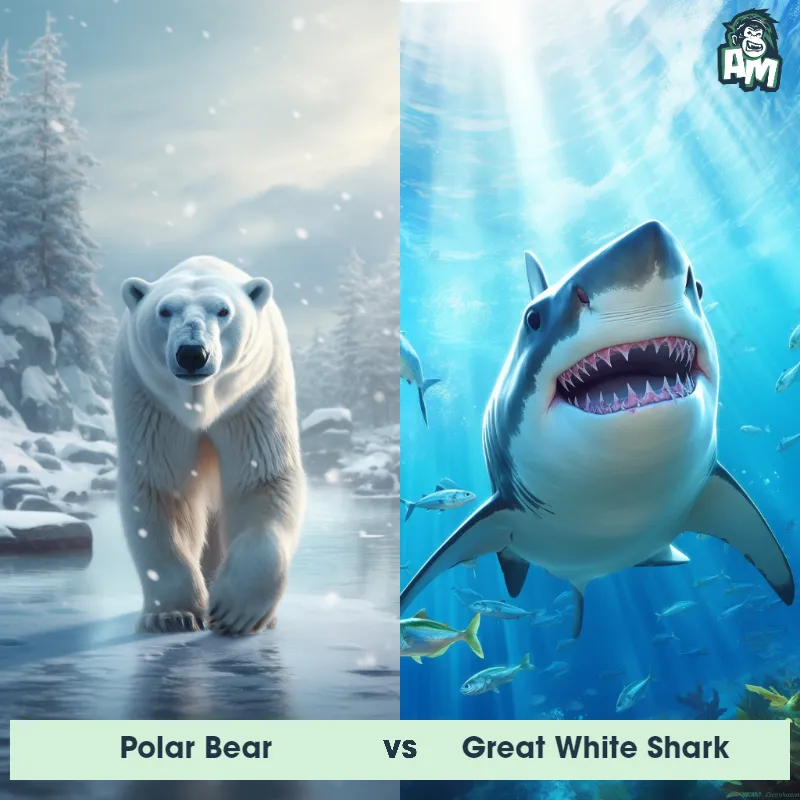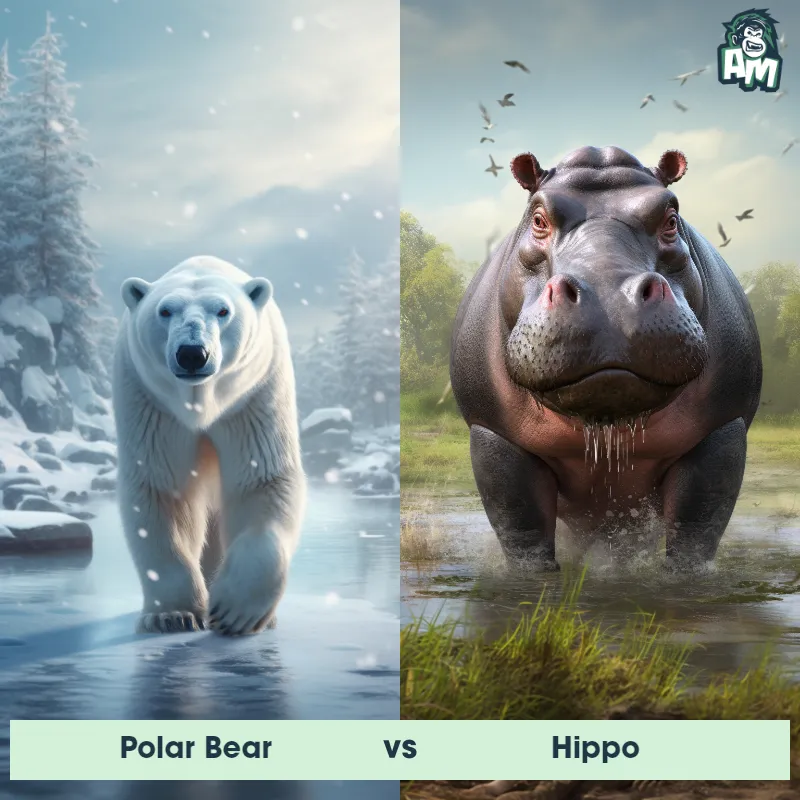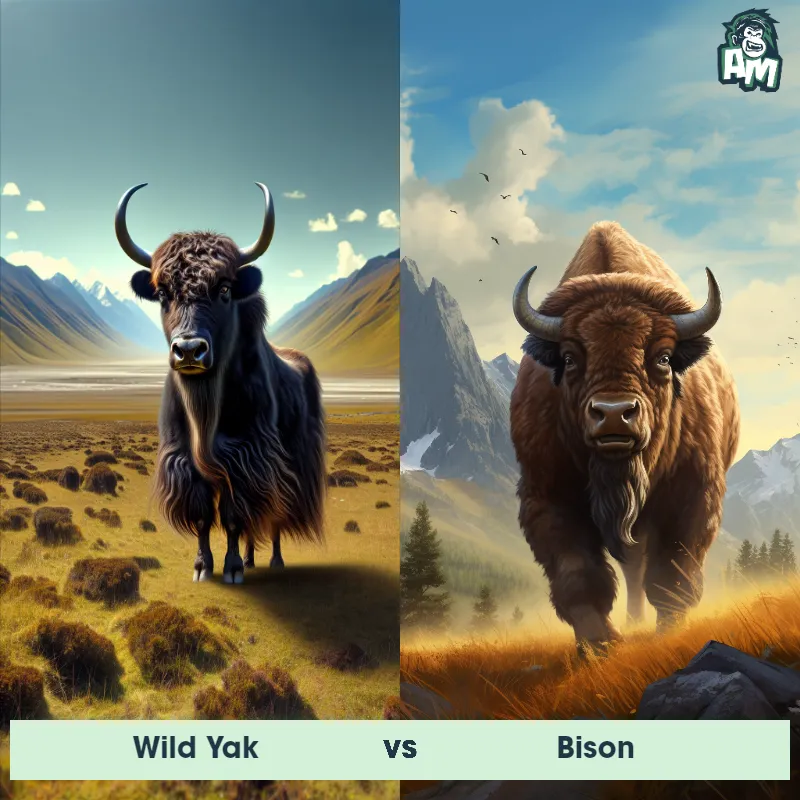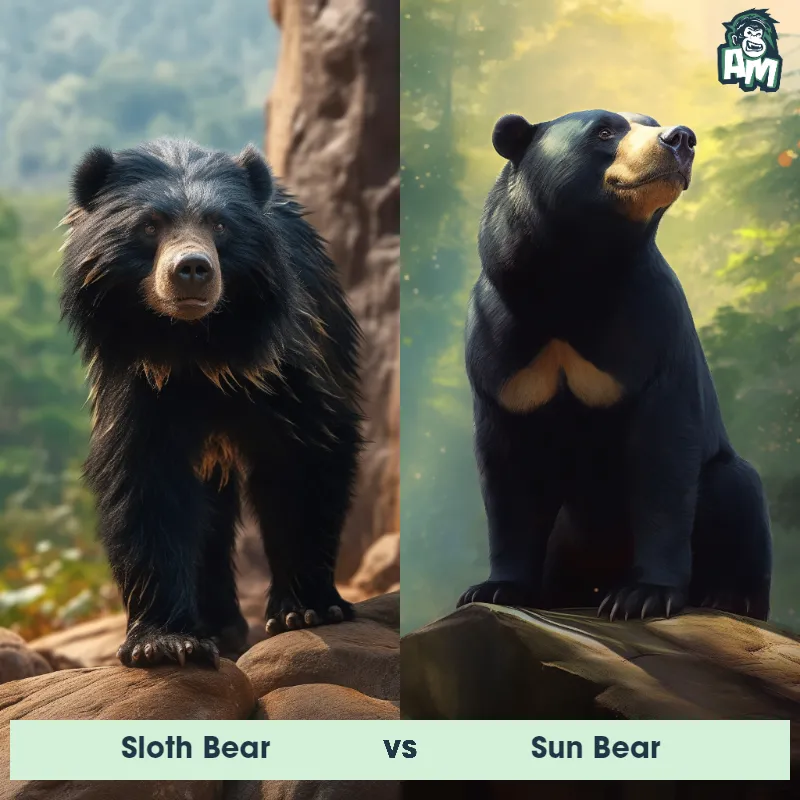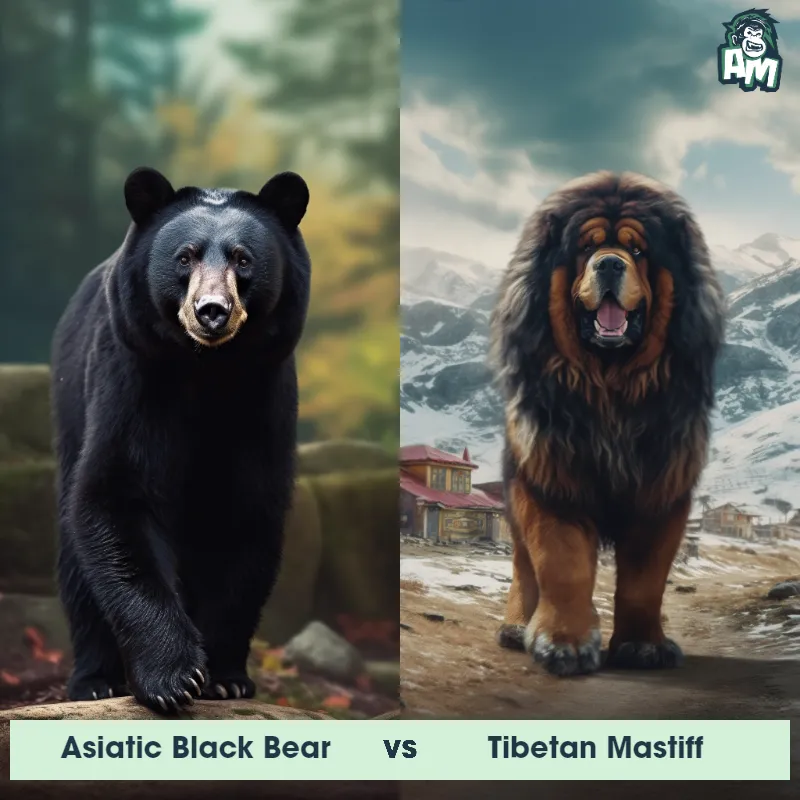Polar Bear vs BisonSee Who Wins
Ladies and gentlemen, welcome to this thrilling showdown between two giants of the animal kingdom. In this corner, we have the fierce and mighty Polar Bear, known for its incredible strength and agility. And in the opposite corner, we have the resilient and powerful Bison, famous for its robust size and formidable charge. Get ready for an epic battle of nature's heavyweights!
Contender 1: Polar Bear
The Polar Bear, also known as the Ursus maritimus, is a large carnivorous mammal that inhabits the Arctic region. They have a thick white fur coat that helps them blend in with their snowy surroundings, and their large paws are equipped with sharp claws that allow them to grip onto ice and catch prey. Polar Bears are excellent swimmers and can swim for long distances in search of food. They are also known for their incredible sense of smell, which they use to detect prey from miles away.
![[object Object] Gif](https://tenor.com/view/fight-mission-critical-nat-geo-wild-scuffle-brawl-gif-20524033.gif)
Fun Fact: Polar Bears have a layer of fat that can be up to 4.5 inches thick, which helps them stay warm in the frigid Arctic temperatures.
Contender 2: Bison
The bison, also known as the American buffalo, is a massive, hump-shouldered beast known for its iconic place in the history and folklore of the American West. They are covered in a shaggy, dark brown winter coat, and have a lighter-weight, lighter brown summer coat. With their massive size, adult males can weigh up to 2,000 pounds, and both males and females have short, curved horns, which they use in fighting for status within the herd and for defense.
Fun Fact: Despite their massive size and seemingly lumbering movements, bison are remarkably agile and quick, capable of running up to 35 miles per hour and jumping high fences.
Matchup Stats
| Polar Bear | Bison | |
|---|---|---|
| Size | 8-10 feet (2.4-3 meters) | 5-6.5 feet tall at the shoulder (1.5-2 meters) |
| Weight | 900-1,600 pounds (408-725 kilograms) | Up to 2,000 pounds (907 kilograms) |
| Speed | Speed: 25 mph (40 km/hr) | 37mph (60km/h) |
| Key Strength | Powerful jaws and sharp claws | Powerful size, speed, and horns |
| Biggest Weakness | Slow movement on land | Limited agility due to size |
Current Votes
Polar Bear vs Bison
See Who Wins
View More Matches
Looking For More?
Similar Matches
Scientific Stats
| Polar Bear | Bison | |
|---|---|---|
| Scientific Name | Ursus maritimus | Bison bison |
| Family | Ursidae | Bovidae |
| Habitat | Arctic region | Grasslands, prairies, and forests |
| Geography | Arctic Circle | North America |
| Diet | Carnivorous, primarily seals | Herbivore, primarily grasses and sedges |
| Lifespan | 20 years - 30 years | 12 years - 20 years |
Key Differences between Polar Bear and Bison
- Paw Structure: Polar Bears have large, strong paws equipped with long, sharp claws, aiding them in hunting and traversing icy terrain, in contrast to Bison, which have broad hooves perfectly adapted for walking and running across grassy landscapes.
- Coloration: Polar Bears have a striking white coat that helps them blend in with their snowy habitat, whereas Bison have a dark brown to black coat, which aids in camouflaging with their surroundings.
- Body Shape: Polar Bears have a streamlined body shape, ideal for swimming long distances, with small ears and a long neck, whereas Bison have a more robust and muscular build, designed for grazing and with large and pronounced shoulders.
- Head and Facial Features: Polar Bears possess a distinctive elongated head, with a straight profile and small eyes, while Bison have a large, square-shaped head with prominent facial features including sharp and curved horns.
- Tail: While both animals have a tail, a Polar Bear has a slightly longer and thickly furred tail that helps with balance while swimming and acting as a rudder, whereas a Bison has a shorter and tufted tail that provides protection against insects.
- Size: A Polar Bear is significantly larger than a Bison, with adult males weighing up to 1,500 pounds and standing up to 10 feet tall, while Bison males weigh around 2,000 pounds and can grow up to 6 feet tall.




